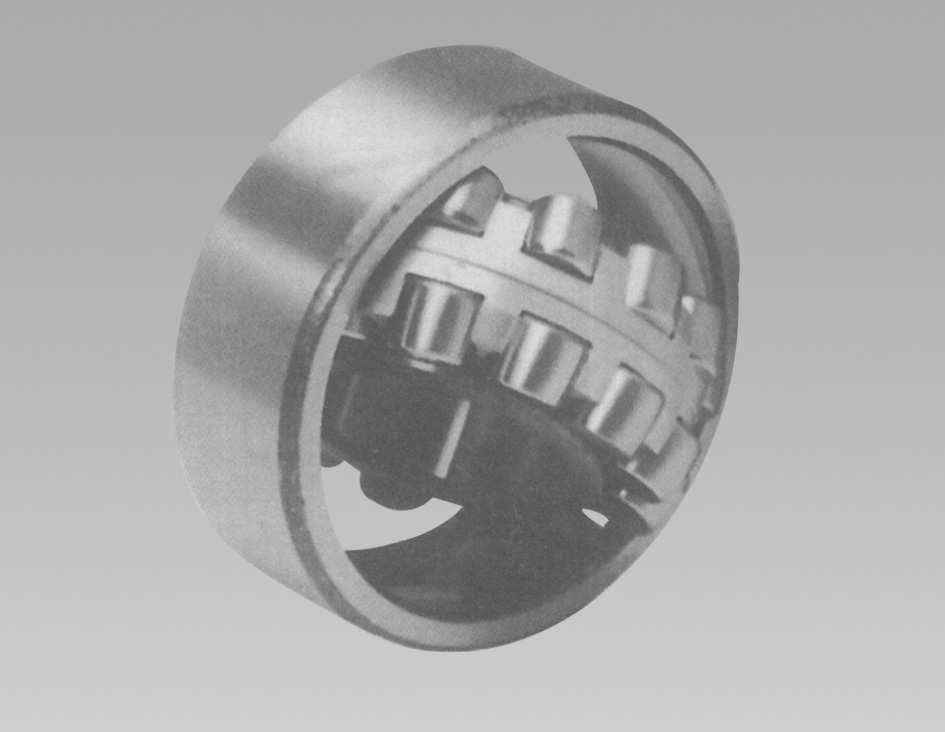
Dec . 06, 2024 05:53 Back to list
6206 bearing dimensions mm
Understanding the Dimensions of the 6206 Bearing
Bearings are essential components used in a variety of machinery and equipment to reduce friction and facilitate smooth rotational or linear movement. Among the multitude of bearing types available, the 6206 bearing is one of the most commonly used, thanks to its versatile design and robust performance. In this article, we will delve into the dimensions and characteristics of the 6206 bearing, elucidating its significance in various applications.
Overview of the 6206 Bearing
The 6206 bearing belongs to the 6200 series of deep groove ball bearings. It is typically categorized by a metric designation and is widely utilized in numerous industries, including automotive, agricultural, and heavy machinery. The standard design of a 6206 bearing features a single row of balls, enhancing its load-carrying capacity while minimizing radial and axial loads.
Dimensions of the 6206 Bearing
The following are the key dimensions of the 6206 bearing in millimeters (mm)
- Inner Diameter (ID) 30 mm - Outer Diameter (OD) 62 mm - Width (W) 16 mm
These dimensions make the 6206 bearing suitable for a range of applications, accommodating various shaft sizes and housing specifications. The inner diameter of 30 mm allows it to fit on shafts of similar or slightly smaller diameters, while the outer diameter of 62 mm ensures proper support within the housing.
6206 bearing dimensions mm

Tolerances and Clearances
The 6206 bearing adheres to standard tolerances defined by international standards such as ISO and DIN. These tolerances inform manufacturers about the acceptable limits for deviations in dimensions, thus ensuring optimal performance when installed. The axial and radial clearances are critical, especially in high-speed applications where precision is paramount. Typically, the radial clearance is categorized into three levels standard, C3 (greater clearance), and C4 (larger clearance), each suited for different operational conditions.
Material and Design Features
The 6206 bearing is commonly produced with high-quality carbon steel which enhances its durability and performance under load. There are variations that incorporate materials such as stainless steel or ceramics for specific applications that require resistance to corrosion or extreme temperatures. The design also allows for the incorporation of sealing features such as rubber seals or metal shields to prevent contaminants from entering the bearing, thus prolonging its lifespan.
Applications of the 6206 Bearing
Given its dimensions and specifications, the 6206 bearing is used in various applications. In automotive engines, it can be found in alternators, water pumps, and timing belts. In electric motors and industrial machines, it plays a vital role in supporting rotating shafts, ensuring smooth operation even under heavy loads. Its adaptability also sees it utilized in household appliances such as washing machines and fans.
Conclusion
The 6206 bearing is a cornerstone in the world of mechanical engineering and manufacturing due to its robust design and versatile dimensions. With an inner diameter of 30 mm, outer diameter of 62 mm, and a width of 16 mm, it stands ready to meet the demands of a wide array of applications. Understanding the specifications and functionalities of the 6206 bearing allows engineers and technicians to select the right components for their projects, ultimately contributing to more efficient and reliable machinery. Whether in automotive, industrial, or domestic environments, the 6206 bearing remains an indispensable element, facilitating movement and enhancing performance across many sectors.
Latest news
-
Premium Deep Groove Ball Bearings | High Speed & Reliability
NewsAug.29,2025
-
Durable Scaffolding Clamps - Secure & Reliable Tube Connectors
NewsAug.28,2025
-
Common Failures in Thrust Ball Bearings and Solutions
NewsAug.22,2025
-
How Tapered Roller Bearings Can Take Shock Loads
NewsAug.22,2025
-
Angular Bearings in High-Precision Spindles
NewsAug.22,2025
-
The Impact of Misalignment on Cylindrical Roller Bearing Performance
NewsAug.22,2025
